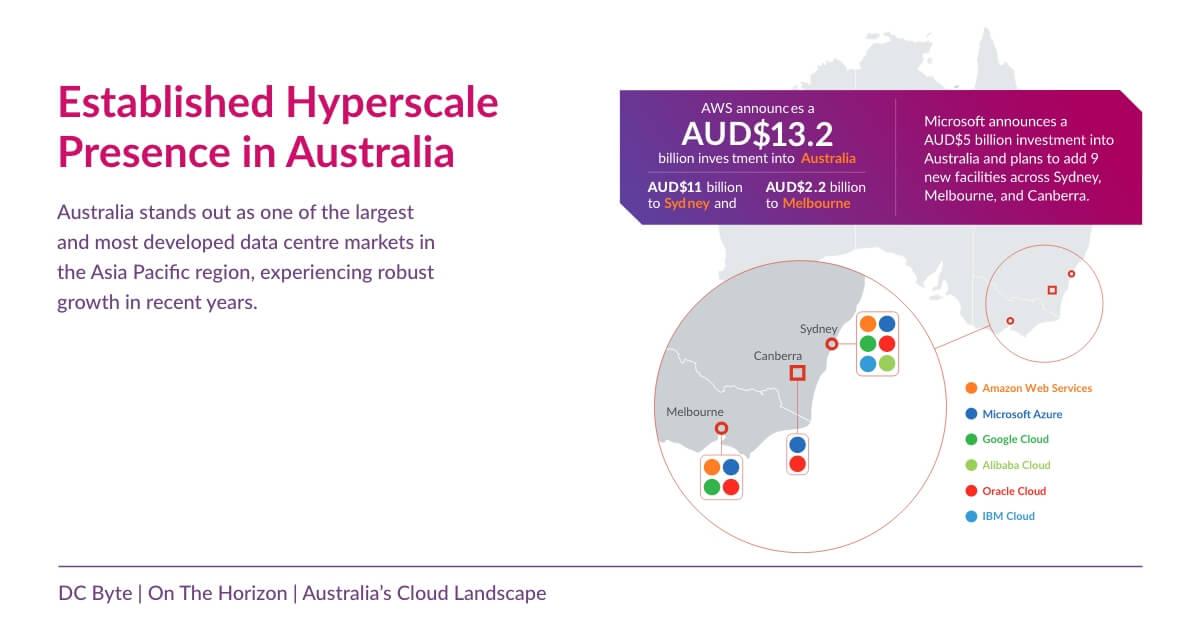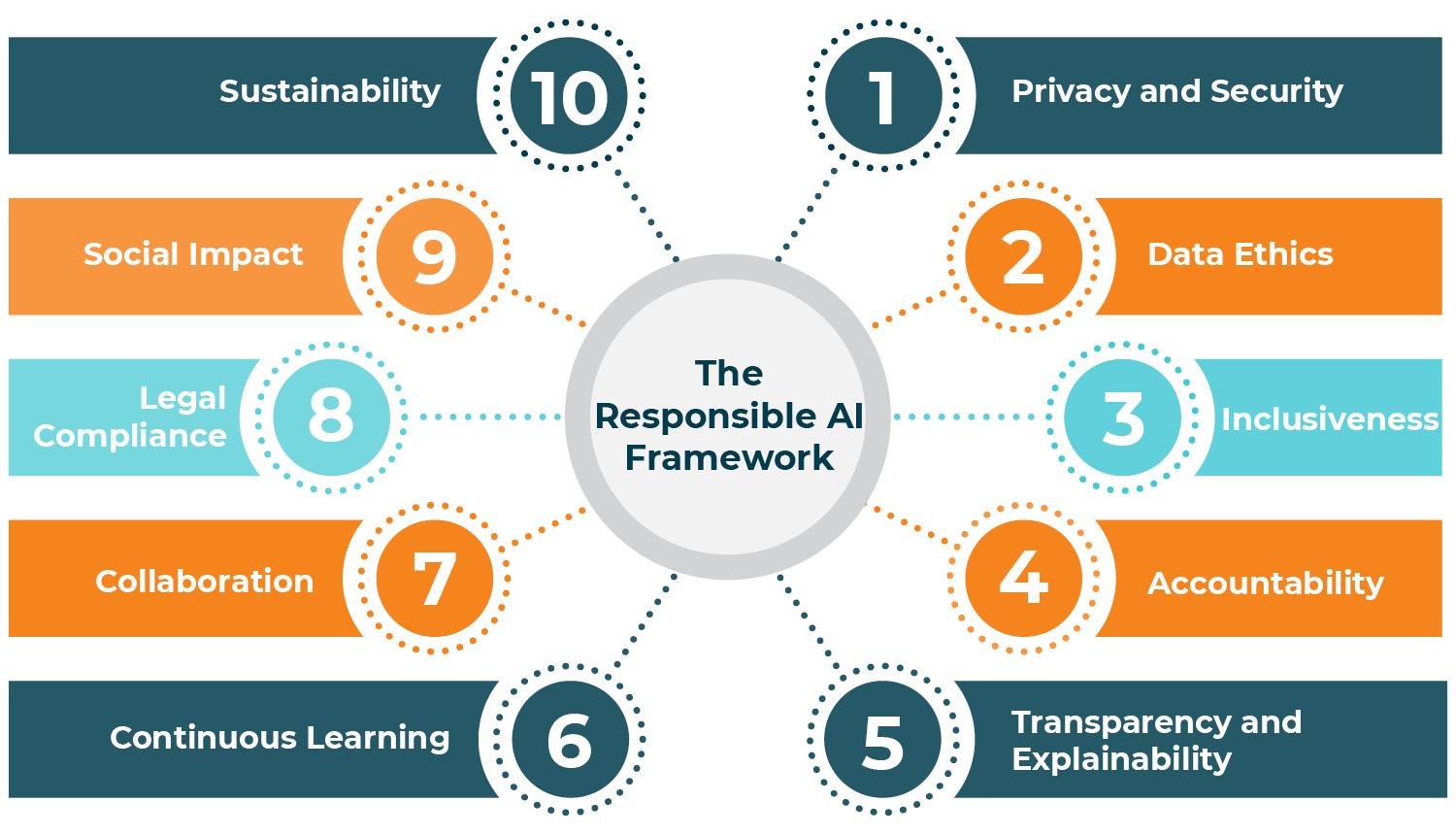
Artificial intelligence has moved from buzzword to toolbox, quietly threading itself into tasks like invoicing, rostering, customer support and demand forecasting. For Australian small businesses-whether you’re running a café in Cairns, a repair shop in Fremantle or a professional service in Parramatta-the question isn’t “Is AI real?” but “Are we ready?” Readiness is less about size or budget and more about fit: the clarity of your problems, the shape of your data, the strength of your processes and the comfort your team and customers have with change. Australia brings its own context: variable connectivity, lean teams, strict privacy expectations and a patchwork of industry rules. Those realities don’t rule AI in or out; they simply change what “ready” looks like. This article outlines five signs that can help you judge AI readiness without the hype-so you can decide not just if AI could work for you, but where to start, how fast to move and what to watch along the way.
Data foundations are trustworthy and localised: Clean datasets, explicit customer consent, clear ownership, standard schemas and backups in Australian cloud regions
Your models are only as smart as the records you feed them. Invest in data hygiene so training sets are reliable: remove duplicates, standardise formats (think ISO dates, AU addresses, consistent customer IDs), and document lineage so you can trace every column back to source. Pair this with explicit, opt-in consent that’s written in plain English, logged with timestamps, and revocable without friction-aligning with OAIC guidance and the spirit of the Australian Privacy Principles. Keep ownership unambiguous: know which team is accountable for each dataset, and write it down.
- Schema discipline: Versioned, documented schemas with validation at ingestion.
- Consent by design: Clear prompts, purpose-limited use, easy withdrawal.
- Local residency: Store and back up in AU regions (e.g., Sydney, Melbourne).
- Backups and recovery: Daily snapshots, tested restores, immutable copies.
- Access control: Least privilege, audited service accounts, encryption at rest/in transit.
Regional compliance and latency matter when you scale. Keep sensitive information inside Australian cloud regions, replicate across zones, and test restore drills so you can recover fast from mishaps. Standardised, well-governed data makes AI pilots cheaper and safer-your feature stores stay consistent, prompts pull from trusted sources, and outputs can be audited. The result is a foundation that vendors, regulators, and customers can trust.
| Area | Good looks like | Helpful tool |
|---|---|---|
| Catalog | Owner, purpose, retention | Data dictionary |
| Schemas | Versioned + validated | JSON Schema |
| Consent | Opt-in + logs | Consent registry |
| Residency | AU-only storage | AU regions (SYD/MEL) |
| Backups | Daily + tested | Immutable snapshots |
Processes are ready for automation at small scale: Mapped tasks, measurable outcomes, and a shortlist of low risk candidates for a short pilot
When you can sketch each step, input, and handoff of a task-and point to how you’ll know it worked-you’re staring at a viable micro‑automation. Keep the first experiment narrow and low‑stakes: think inbox triage, matching supplier invoices in Xero or MYOB, first‑draft product descriptions, or tagging support tickets. Anchor the effort in three pillars: mapped tasks, measurable outcomes, and a shortlist of low‑risk candidates. Run the pilot in “shadow mode” first, compare results to your baseline, and ensure data stays compliant with the Australian Privacy Principles (APPs). A two‑to‑four‑week window with weekly check‑ins is usually enough to prove value-or gracefully pivot.
- Steps documented: Inputs, rules, exceptions, and approvals are clearly written.
- Clean data: Sources are accessible (e.g., shared inbox, POS, CRM) and not locked behind bespoke spreadsheets.
- Low variance: The task rarely requires creative judgment or nuanced tone.
- Clear KPI: Time saved, error rate, response speed, or conversion lift is easy to measure.
- Human fallback: A simple “review before send/post/submit” step is in place.
- Stakeholder sign‑off: Owners know what “good” looks like and when to roll back.
To make it tangible, frame a micro‑pilot that limits scope, cost, and risk. Define a success threshold (for example, 30% time saved or ≤5% error rate), set a review cadence, and nominate a business owner to accept or reject outputs. The table below offers a compact, AU‑friendly shortlist you can lift into a sprint plan.
| Candidate Task | Trigger | Success Metric | Risk | Tooling |
|---|---|---|---|---|
| Invoice line‑item matching (Xero/MYOB) | New supplier email | 95% correct matches | Low | OCR + accounting API |
| Inbox triage for support | New email received | 60% auto‑tag accuracy | Low | Rules + LLM classifier |
| Stock reorder suggestions | SKU hits threshold | Lead time met 90% | Low | POS data + simple model |
| BAS reminder drafts | ATO due date nears | Zero tone issues | Low | Template + merge fields |
| Product description first drafts | New SKU added | 70% publish with light edit | Low | LLM + style guide |

Responsible AI is more than a policy document: OAIC aligned privacy controls, bias and security testing, and a human in the loop for high impact decisions
Turn principles into repeatable practice by operationalising privacy, fairness, and security from day one. Align with OAIC guidance and the Australian Privacy Principles by mapping data flows, limiting collection to what’s necessary, and running lightweight Privacy Impact Assessments for each AI use case. Enforce retention rules in your pipelines, de‑identify wherever possible, and keep a clear playbook for the Notifiable Data Breaches scheme. Protect prompt and output logs, disable training on customer content by default, and gate access with role-based controls, audit trails, and segregated environments so experiments don’t touch production data.
Reliability comes from evidence, not hope: test for bias across relevant user segments, stress models for security, and keep a human in the loop whenever outcomes could materially affect customers or staff. Bake this into your delivery cadence with simple checklists, clear thresholds for escalation, and customer-friendly explanations of how AI contributes to decisions.
- Bias checks: compare false positives/negatives across key cohorts; document metrics, mitigations, and re-test frequency.
- Security tests: red-team for prompt injection, data leakage, and output manipulation; scan dependencies; rotate secrets; rate-limit models.
- Monitoring: drift alerts on inputs/outputs, anomaly detection for spikes, and review queues for edge cases.
- Documentation: model cards, decision logs, and plain-language summaries for customers and staff.
| Decision impact | Human role | Evidence kept |
|---|---|---|
| Low (e.g., subject lines) | No review | Logs only |
| Medium (e.g., invoice matching) | Spot-check 5-10% | Reviewer notes |
| High (e.g., pricing exceptions, eligibility) | Mandatory approval | Rationale + audit trail |

Investment and skills can support the early stages: A costed roadmap, due diligence on local vendors and tools, and staff upskilling via TAFE short courses and CSIRO resources
Put dollars and sequence behind your ideas. Map a 90-120 day pathway that links business outcomes to spend: discovery, a narrow pilot, fit‑for‑purpose tools, and baseline training. Treat early work as OPEX to protect cash flow, and keep a contingency line for data clean‑up and change management. Look for Australian support such as state innovation vouchers, AusIndustry programs, and CSIRO Kick‑Start (if eligible). Anchor decisions in a simple benefit hypothesis-hours saved, error rates reduced, or faster quotes-so you can stop, scale, or pivot with confidence.
| Item | Who/Where | Indicative Cost | When |
|---|---|---|---|
| Discovery workshop | Internal + local adviser | $0-$1.5k | Week 1 |
| Data tidy‑up | Contractor (AUS) | $1-$5k | Weeks 1-3 |
| Pilot tooling | Local vendor/SaaS | $200-$800/m | Weeks 2-8 |
| Staff training | TAFE micro‑creds | $200-$600 pp | Weeks 3-6 |
| Best‑practice guides | CSIRO Data61/NAIC | Free | Ongoing |
Kick the tyres on vendors and upskill your crew in parallel. Run light‑touch due diligence on Australian providers and tools before you commit beyond a pilot, then build capability with short, practical learning. TAFE offers accessible micro‑credentials (for example, AI for business, data basics), while CSIRO resources and the National AI Centre playbooks give you governance patterns you can adapt without legalese. Nominate an internal “AI champion” to track metrics, shepherd trials, and ensure knowledge sticks across the team.
- Local fit: AU data residency options, clear support hours, and transparent pricing.
- Safety & compliance: ISO 27001/IRAP posture, privacy terms aligned to Australian law, audit logs.
- Interoperability: Works with your stack (Microsoft/Google/Xero), export/exit paths, no hard lock‑in.
- Proof first: 2-4 week trial, measurable success criteria, and at least two Australian references.
- Total cost of ownership: Seats, usage, implementation, and change‑management time accounted for.
Final Thoughts
If several of these five signs ring true, you’re not waiting for some distant future-you already have the foundations to explore AI with intent. The next move isn’t a leap; it’s a measured step. Choose one workflow, define what “better” looks like, set guardrails, and run a small pilot. Keep your data house in order, involve the people who do the work, and document what you learn. In the Australian context, that also means thinking about privacy, fairness, and transparency from the outset-aligning with your obligations under the Privacy Act and drawing on the Australian AI Ethics Principles as a compass. AI readiness isn’t a badge you earn once. It’s a practice: build, test, measure, adjust. Some experiments will pay off, others won’t, but each will sharpen your judgment about where AI adds value and where a human touch remains essential. For small businesses, that steady, pragmatic cadence-rather than hype-turns capability into advantage. Start small, stay curious, and keep the decisions close to the people and customers who matter. The rest will follow.

